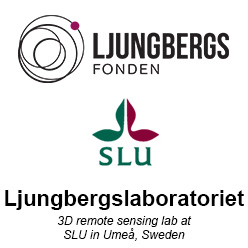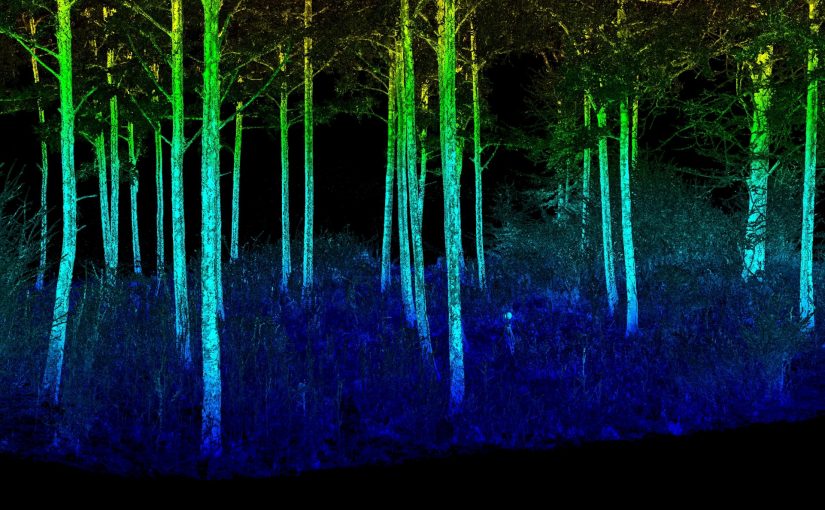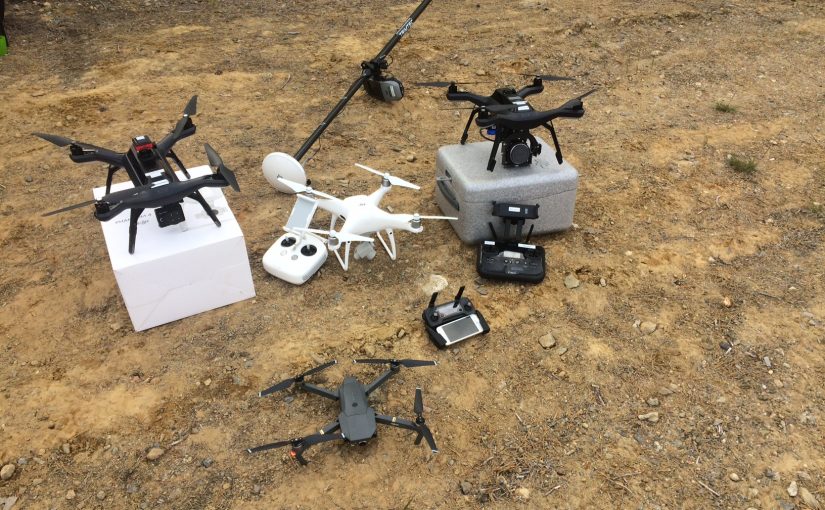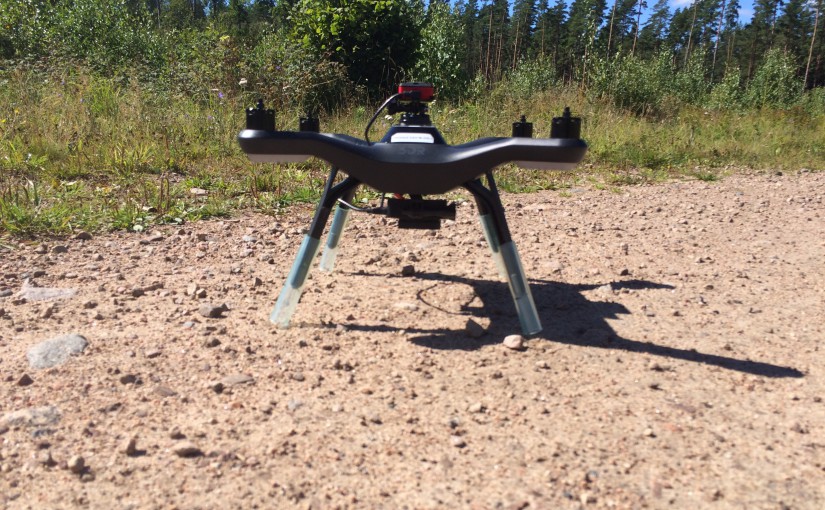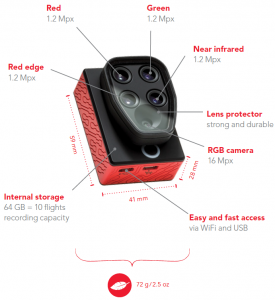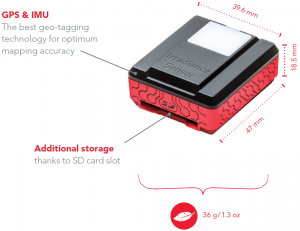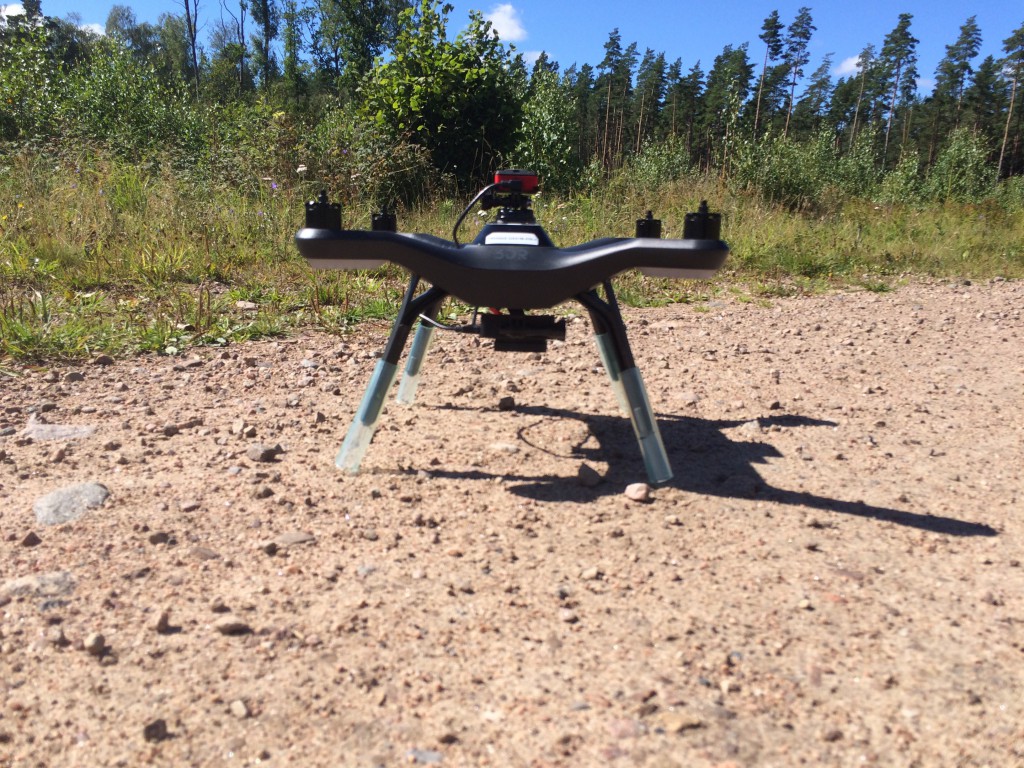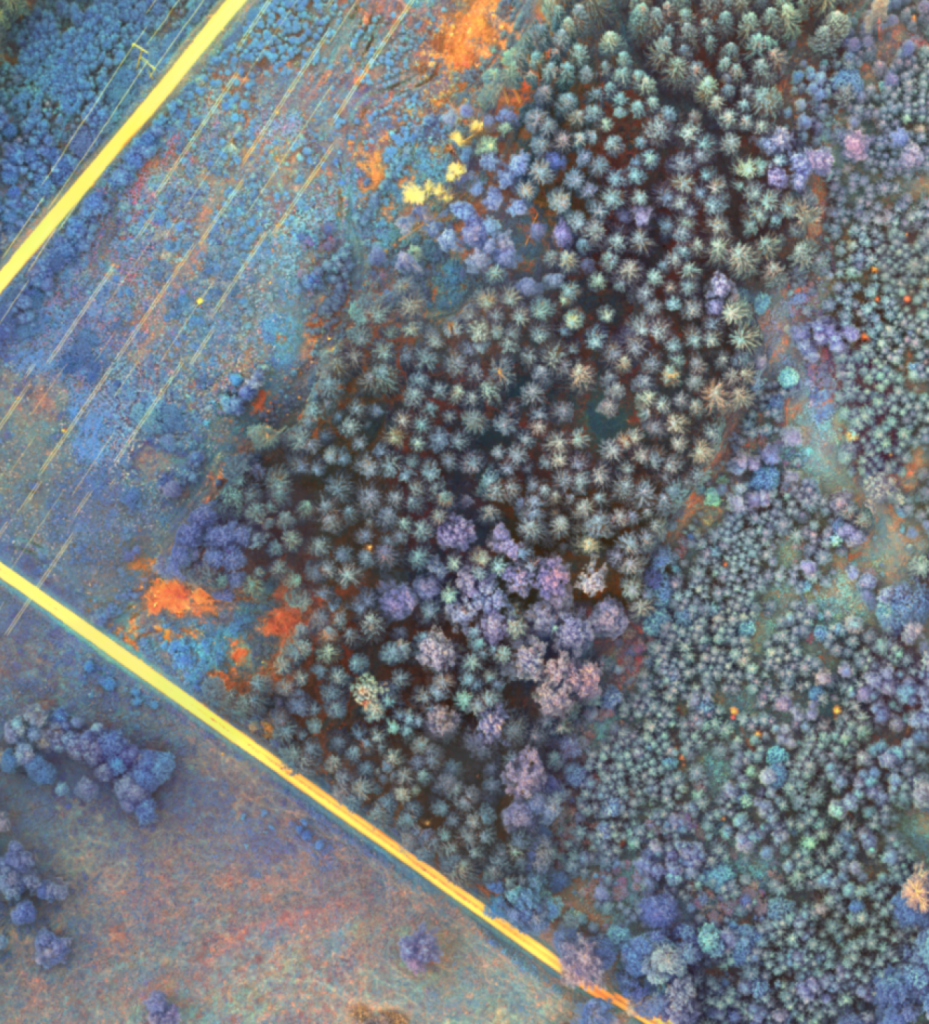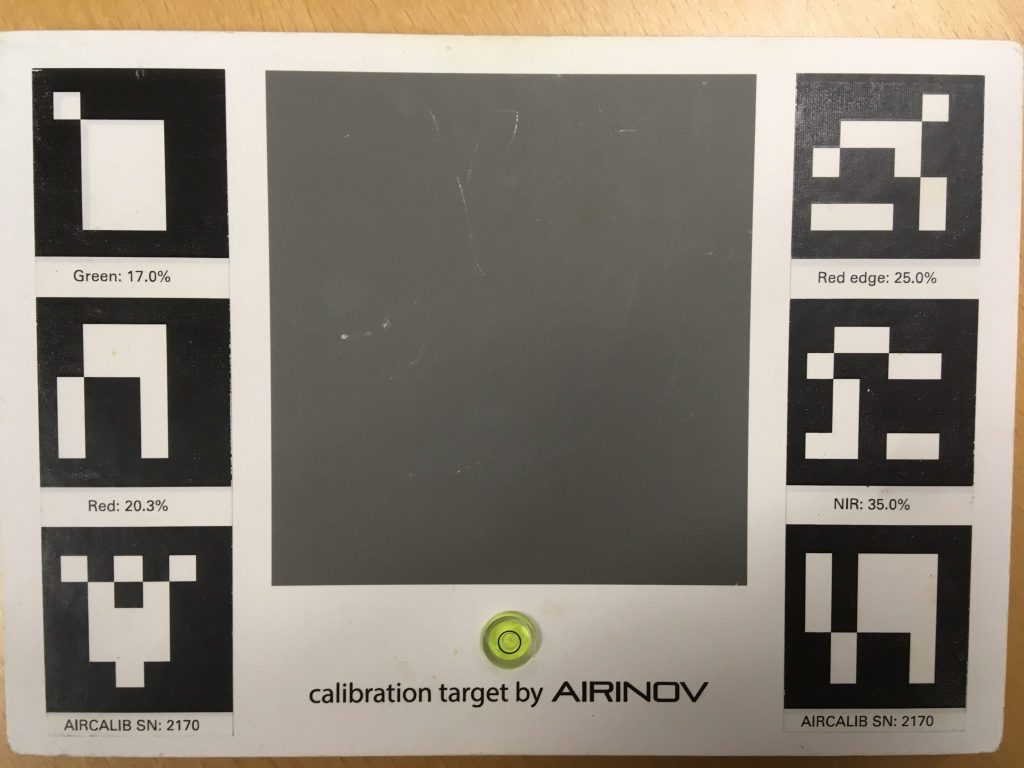The lab has a Trimble TX8 laser scanner (from 2014). The scanner is used to collect accurate measurements of the ground and the tree stems. Here is an example of one birch that is cut out from a multiscan (several scans are merged into one dataset):
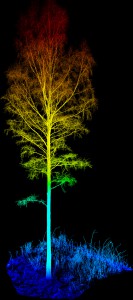
- Instruction on how to perform forest scanning and postprocessing
- Examples of collected data
- Terresterial laser scanning in virtual reality
The scanner is mounted on a tripod and collects 1 million points every second. In three minutes a full scan is done with a point spacing of about 4 mm on 10 meters distance.
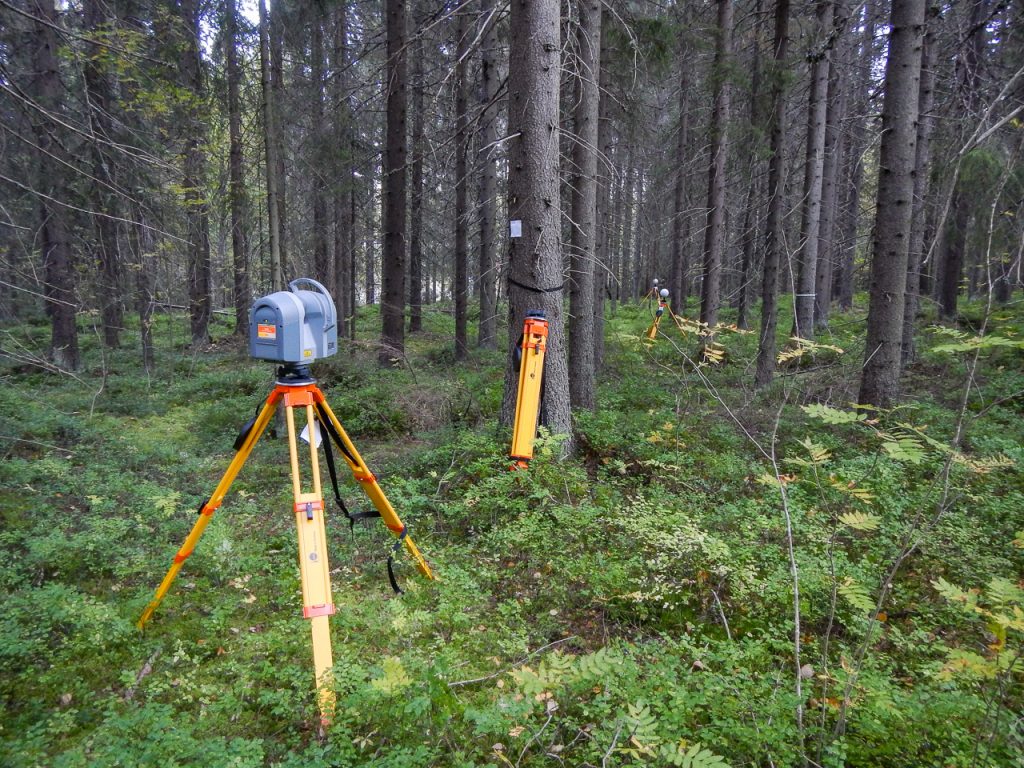
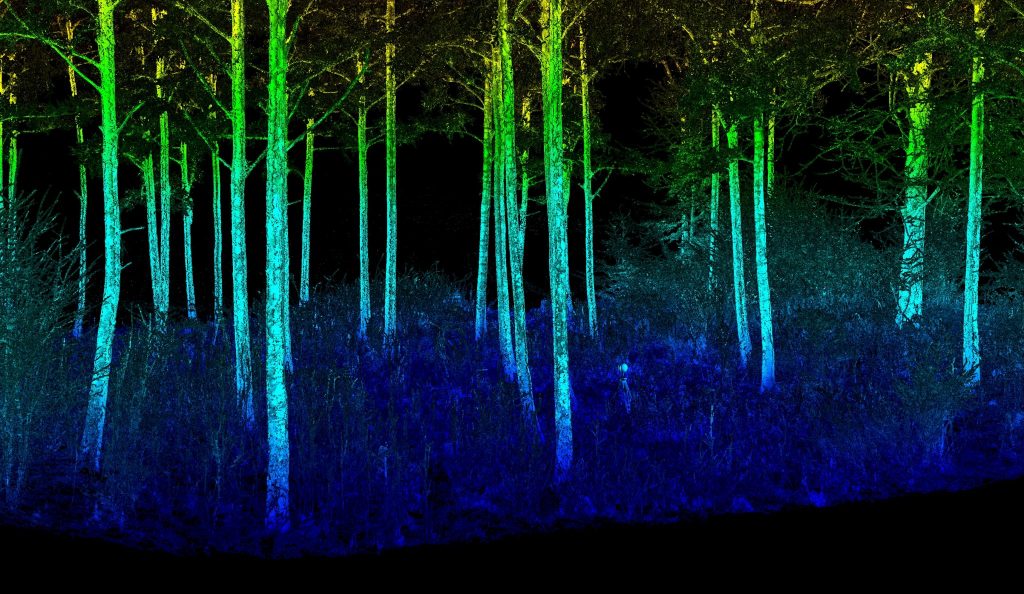
Fly through video of a plot in Remningstorp. 16 scan locations merged. Intensity and height above ground are merged in the coloring of the 3D-points.
Fly through of another plot. Coloring of the 3D-points are from the intensity of each return.
